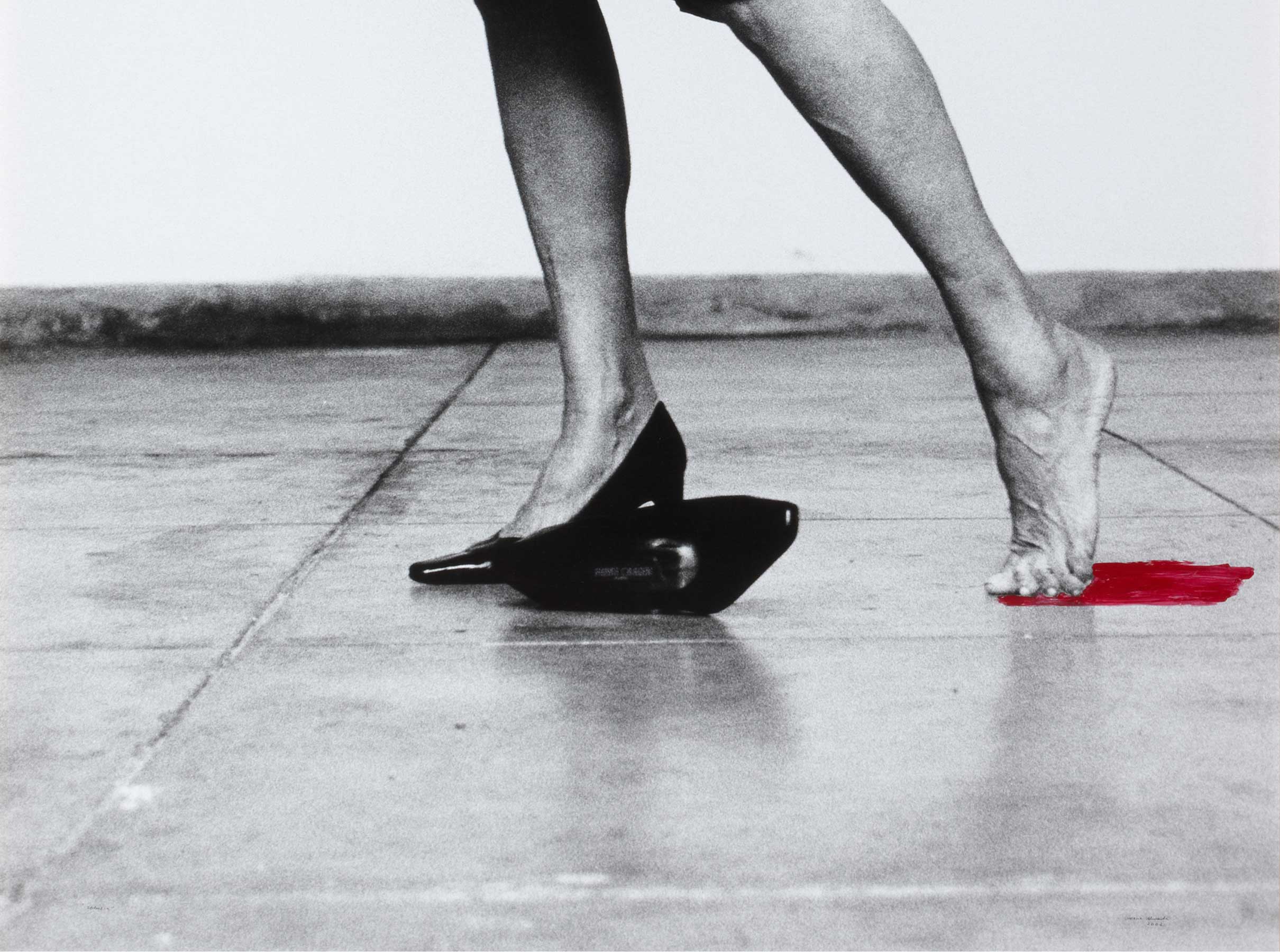Namiki-Dori Downtown Hiroshima
- 2005
- Digital print on paper
- 203 x 133 cm
- Cat. F_102
- Acquired in 2006
João Penalva’s work encompasses numerous techniques, along with complex and varied messages. Japan’s history and landscape have featured in different artistic projects throughout his career, an example of which is the Namiki-Dori Downtown Hiroshima photograph (2005). In Addressing the Weeds in Hiroshima (1997) Penalva, with the help of a botanist, studied the weeds that had grown through the cracks in the concrete near an old factory that made uniforms for the Japanese imperial army in Hiroshima. The factory remained nearly intact after the atomic bomb and was turned into a makeshift hospital. He staged a site-specific work there in which he placed information posters and panels to identify the 32 foreign and native species found with their names in Latin, Japanese and English. The botanist gave Penalva a herbarium with all those species before he returned from that trip. This led to Small Weeds from Hiroshima (1997), his subsequent site-specific series.
However, Namiki-Dori Downtown Hiroshima seems to be directly linked with the series of photographs of overhead cables and pylons that he took in Osaka. That led to the Looking up in Osaka (2005-2006) project, exhibited at the Simon Lee Gallery in Hong Kong in 2013. The cables, loops and pylons generate dramatic dark, zig-zagging lines against dark coloured skies in the background. Even though photographs are used from the technical perspective, the artist claims that this is a pictorial project and is ready-made art. In the first case, he sees the cables as drawings in the sky that he has only framed and cropped. In the second, he just uses and exhibits everyday items that are so much part of the scenery that they go unnoticed.
As is usual in the discourse of this artist, Namiki-Dori Downtown Hiroshima seeks to show an alternative way of perceiving the world: one that forces us to look up to the sky rather than down to the ground. The items that we take for granted, that go unnoticed in the everyday settings of the civilised world, become our main focus. Frames are generated that tend towards abstraction for the viewer to interpret.
Other works by João Penalva

